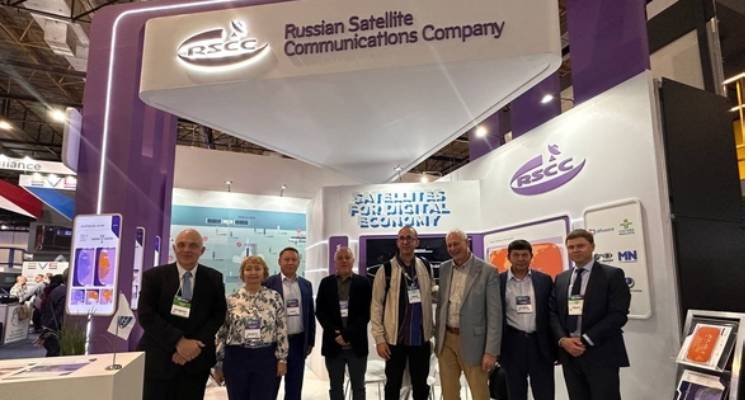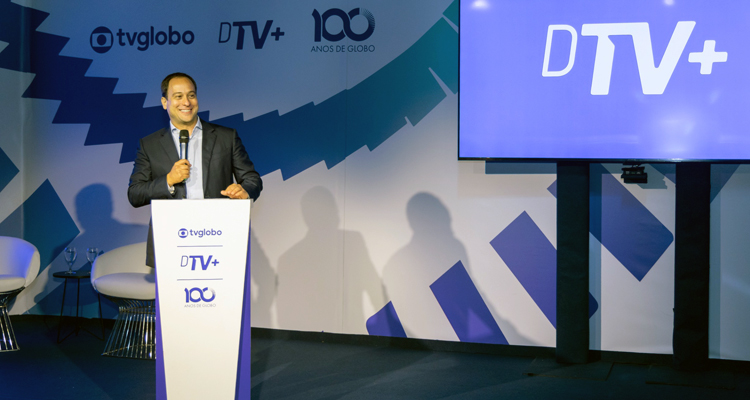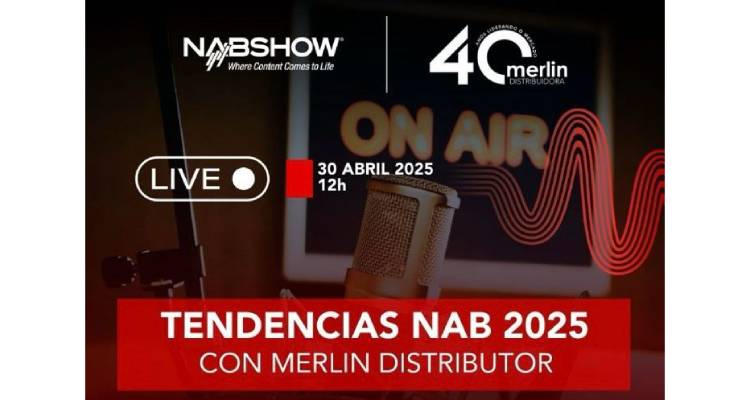
The Set Expo 2023 exhibition and conference that has been held in São Paulo has been focused on Brazil digital development prospects. Continuing growth of the satellite TV audience is a specific feature of the Brazilian telecommunication market and the main driver for all market operators. As for the Internet connectivity, the key development is driven either by government programs, including the creation of public access points, or by an increased coverage of cellular networks. Cellular operators in the region have ambitious plans for 100% coverage of 4G services, but this is impossible without satellite technologies. This conclusion was made by experts at Set Expo 2023.
The exhibition has been opened by the Minister of Communications of Brazil, Juscelino Filho. He noted that ensuring the connectivity in Brazilian municipalities was critical to promoting economic growth, social development and equal access to public goods.
Better connectivity can bridge the digital divide, increase access to education and basic services, and promote regional integration and cooperation.
By building a robust communications network, Brazil can achieve greater inclusiveness, innovation and resilience in the face of future challenges.
As the experts discussed at the exhibition, there were several promising development areas for satellite operators in Brazil: connection of remote areas, government educational programs, healthcare, and agriculture. Out of 216 million people in Brazil, 88.4% live in cities. The Internet penetration rate among citizens is quite high – 84.3% (about 181 million people are connected), but the coverage is uneven, with rural areas remaining unconnected.
Brazil has built 135,000 public schools, of which more than 33% lack the Internet access. At the same time, this figure is higher in rural areas – more than 52% of schools are not connected to the Internet.
The landscape that makes it difficult to deploy fiber optical lines and cellular networks is the main reason of the Brazil’s digital divide. Various operators offer individual satellite broadband access services, but they are not affordable for people in the rural areas. Therefore, all prospects for bridging the digital divide are associated with government programs. Brazil launched a program aiming to connect the entire population back in 2010, and now the development of 5G networks is becoming its new driver. The country has 5,568 municipalities. Only 20% of Brazilian cities have access to high-quality internet, and only 5% are connected to the 5G network.
The agricultural sector is yet another point of growth for satellite communications. About 77% of all rural households have network connection for the whole family rather than individual one. They mainly use satellite technologies.
Apart from the infrastructure communications projects, Set Expo paid a lot of attention to new technologies for the production and delivery of video content and new broadcasting technologies. The National Telecommunications Agency (Anatel) was represented by its Vice President and Advisor, Moisés Moreira. According to Mr. Moreira, in the context of TV 3.0 Brazil had some clear advantages over other countries. One of these advantages is the availability of spectrum to fully explore the TV 3.0 features.
In addition, Brazil has a track record of successful public-private partnerships, especially in the area of Brazilian TV digitization and 5G rollout. This accumulated experience can be used while introducing TV 3.0 in the country.
At one of the Set Expo sessions, Fábio Ferraz, Director of Media Solutions at Globo, said that the broadcast industry was currently undergoing a digital transformation that was affecting business in several ways, for example, in terms of new AI services. Paulo Cruz Araujo, founding partner of Viacast from Uberlândia, shared his experience on the latest innovations in video broadcasting and 5G.
The company is using millimeter wave frequencies to expand the bandwidth and reach of equipment. Araujo spoke about an aircraft solution with a compact design and state-of-the-art technology allowing live video streaming directly from airplanes or helicopters, and providing live broadcast of sports events, news, etc.




